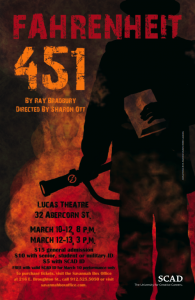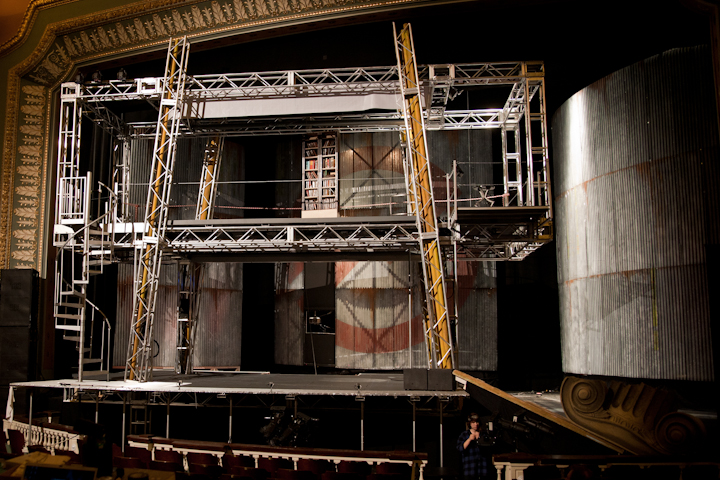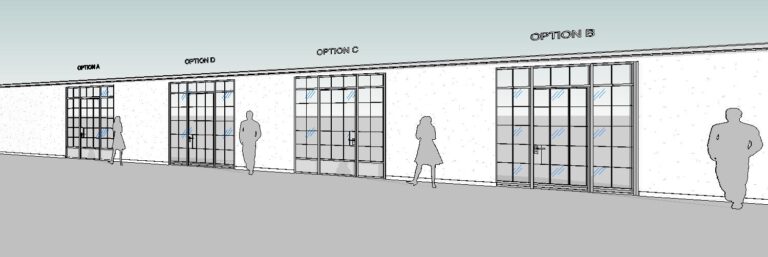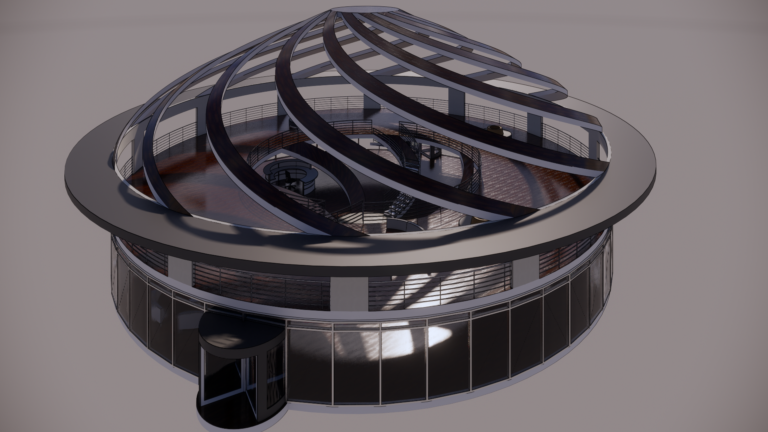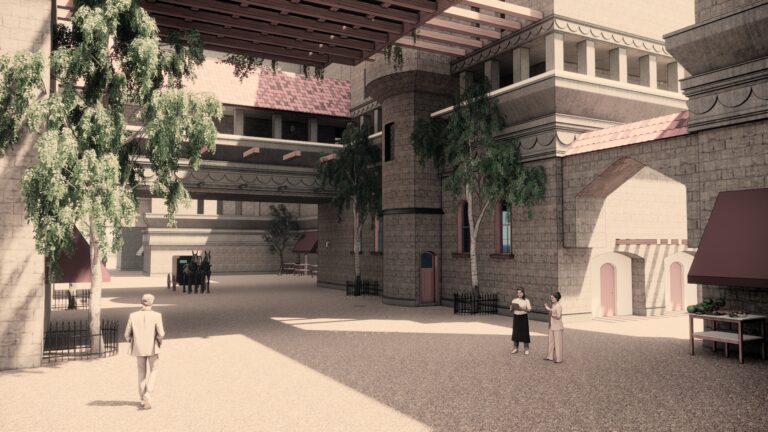Set design is an often-overlooked aspect of the theater, but it plays a crucial role in creating the world in which a story unfolds. Working as an assistant to production designer Hal Tine during pre-production photography for the stage play “Fahrenheit 451” was a remarkable journey into the realm of creative expression and storytelling.
The show, which had its grand premiere at SCAD’s Lucas Theater, captivated audiences with its thought-provoking narrative and visually stunning set. What makes this production particularly intriguing is how the footage captured during pre-production photography was seamlessly integrated into the live performance.
The meticulous work of production designers is a testament to the power of visual storytelling. Hal Tine’s exceptional talent and artistic vision came to life in the set design for “Fahrenheit 451.” The stage was transformed into a captivating world that perfectly mirrored the dystopian universe depicted in Ray Bradbury’s classic novel.
The incorporation of pre-production photography in the play was a brilliant stroke of creativity. It allowed for the seamless integration of visuals that transported the audience into the heart of the narrative. The images served as windows into the characters’ emotions and the story’s essence.
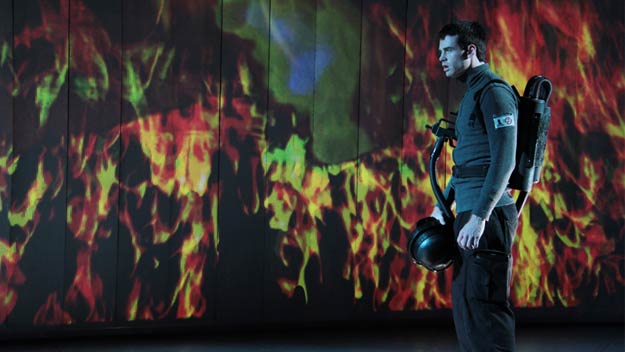
As an assistant, I witnessed firsthand how every detail was meticulously planned and executed to create a powerful visual experience. It was an opportunity to appreciate the collaborative effort of the entire production team, where each member played a vital role in bringing the vision to life.
The success of “Fahrenheit 451” is not just a testament to the late Hal Tine’s extraordinary design skills but also to the profound impact that visual storytelling can have in the world of theater. It underscores the idea that a well-crafted set is more than just a backdrop; it’s a character in its own right, influencing the narrative and enhancing the audience’s emotional connection to the story.
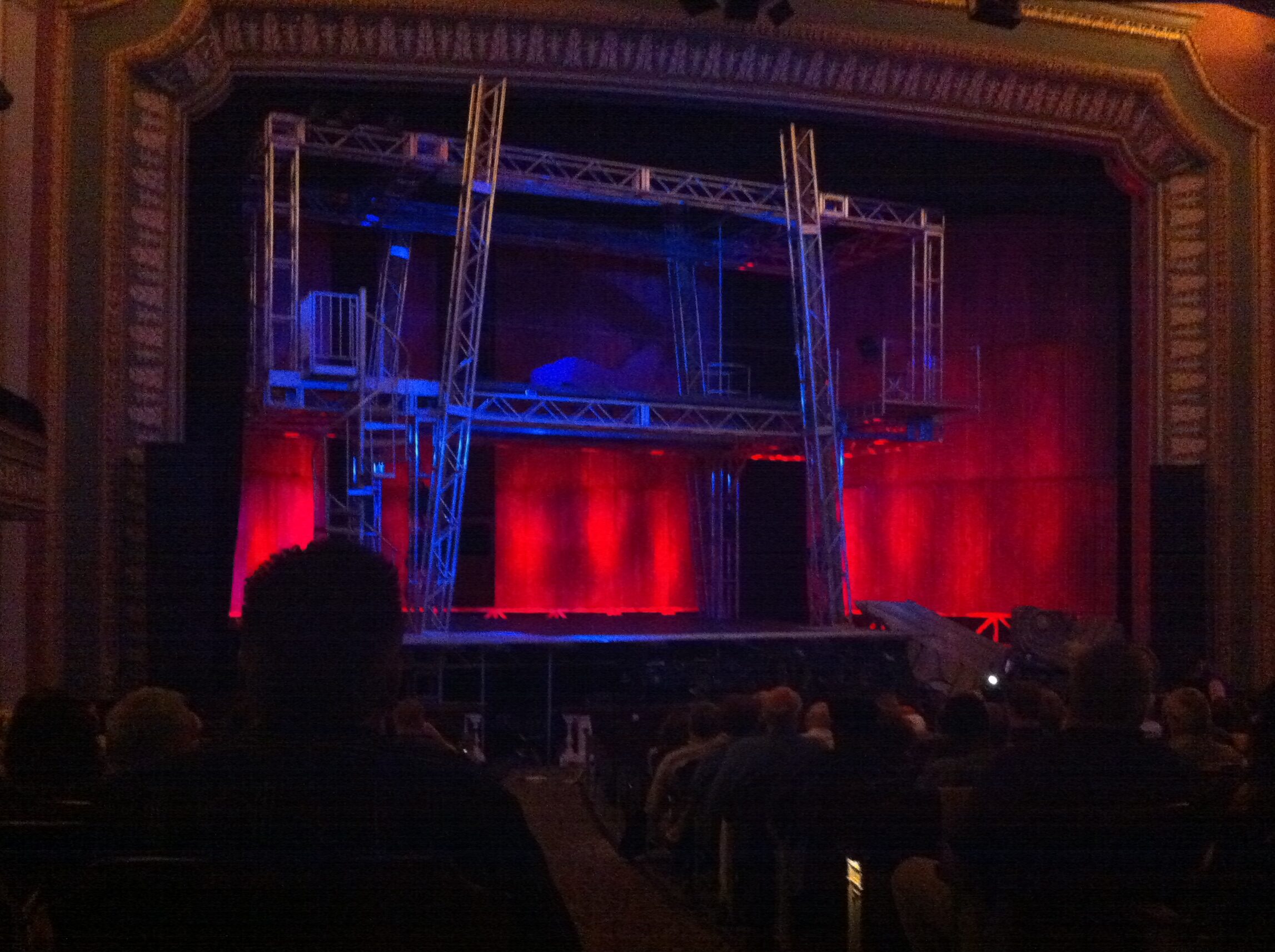
In the world of theater, set design is a magical art form that deserves recognition for its ability to transform words on a page into a living, breathing world. “Fahrenheit 451” is a shining example of how this art form can elevate a production, leaving a lasting impression on all who experience it.
